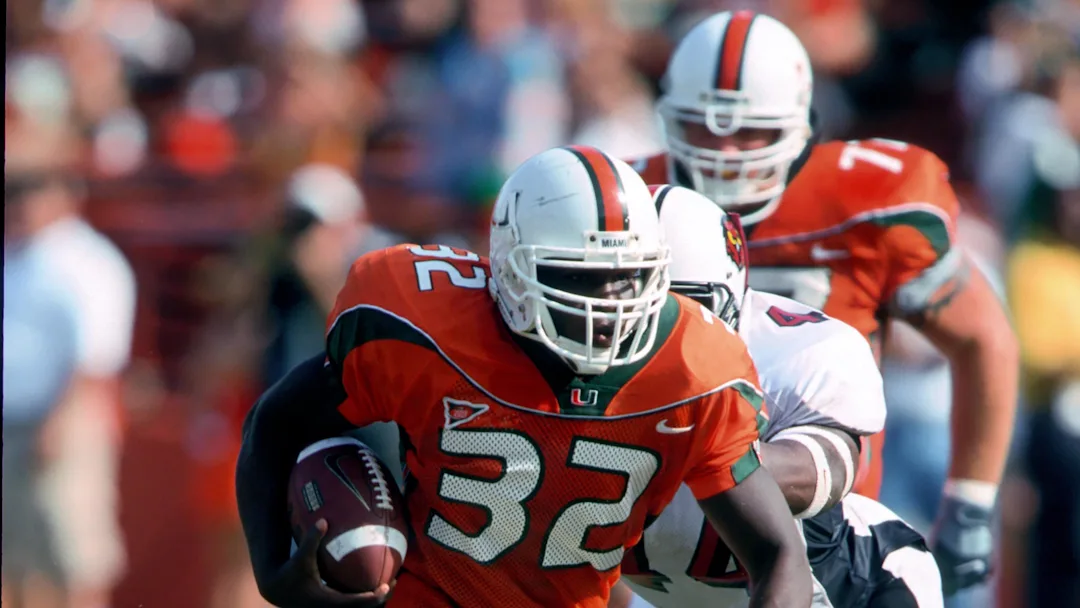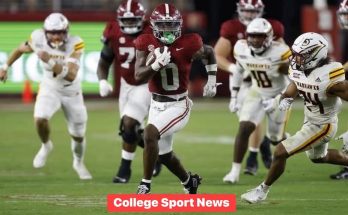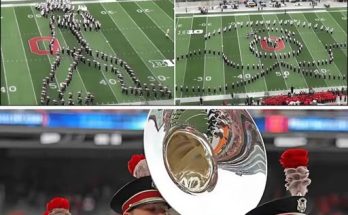In the annals of college football, debates over the greatest team of all time rage on with as much intensity as any rivalry game on a crisp fall Saturday. Every fanbase has its arguments, every era its champions, and every coach his crown jewel. But when the conversation narrows to the greatest team since the turn of the 21st century, the answer has become resoundingly clear: the 2001 Miami Hurricanes.
Recently listed as the greatest college football team since 2000, the 2001 Hurricanes are the stuff of legend. From a perfect 12-0 season to a staggering level of talent that produced a virtual NFL Pro Bowl roster, Miami’s dominance in 2001 wasn’t just about winning—it was about how they won, and who they had on the field while doing it.
Led by first-year head coach Larry Coker, who inherited the keys to a Ferrari and didn’t stall it once, the Hurricanes didn’t just defeat opponents—they dismantled them. They outscored opponents by an average of 33.2 points per game, with an average margin of victory that screams dynasty. They steamrolled their way through the regular season, won the Big East title, and capped it off with a 37-14 thrashing of Nebraska in the BCS National Championship Game at the Rose Bowl.
What separated Miami wasn’t just the dominance on the scoreboard—it was the transcendent talent on both sides of the ball. Consider the offense. Quarterback Ken Dorsey was the maestro, a steady presence under center who threw for 2,652 yards and 23 touchdowns. He wasn’t the most physically gifted quarterback, but his leadership, poise, and decision-making were nearly flawless. He had the luxury of handing the ball off to a backfield stable that included Clinton Portis, Willis McGahee, and Frank Gore—three future NFL stars, with Gore eventually retiring as one of the top five rushers in NFL history.
At wide receiver, Andre Johnson was an unstoppable force, a blend of size, speed, and power that made defensive backs look like they were standing still. Tight end Jeremy Shockey was a matchup nightmare, bruising linebackers and embarrassing safeties with equal ease. The offensive line, anchored by future pros like Bryant McKinnie and Brett Romberg, allowed the Hurricanes to control the line of scrimmage, keeping Dorsey clean and opening holes big enough to drive a truck through for the tailbacks.
But as fearsome as the Miami offense was, the defense might have been even better.
Defensive coordinator Randy Shannon fielded a unit that allowed just 9.4 points per game and forced a staggering 45 turnovers. The front seven was ferocious. Jerome McDougle and William Joseph created constant pressure up front, while linebackers Jonathan Vilma and D.J. Williams roamed sideline to sideline with predatory instincts.
And then there was the secondary, possibly the greatest in college football history. Ed Reed was the leader, a generational talent who not only intercepted six passes that season but also served as the heart and soul of the team. His now-iconic “I’m hurt, dawg!” speech after a sluggish performance against Boston College is part of Hurricane lore and a testament to the accountability and drive that permeated every corner of the locker room. Alongside him were future NFL starters like Sean Taylor, Antrel Rolle, and Phillip Buchanon. The result? Quarterbacks spent more time regretting their decisions than executing them.
Statistically, the 2001 Hurricanes ranked in the top five nationally in scoring offense and defense, turnover margin, rushing defense, pass efficiency defense, and more. But the numbers alone only begin to tell the story. The true greatness of this team lies in its peerless depth and the unmistakable aura of intimidation it carried into every stadium.
When Miami played, it wasn’t just a game—it was an event. Teams didn’t believe they could beat the Hurricanes; they just hoped to survive them. In a road game against then-No. 14 Virginia Tech, Miami overcame a late scare to win 26-24, one of only two games all season decided by less than 22 points. They opened the season with a 33-7 dismantling of Penn State in Happy Valley and closed the regular season with a 65-7 obliteration of Washington, avenging a loss from the previous season in ruthless fashion.
What made this dominance even more jaw-dropping in retrospect was the sheer number of NFL-caliber players the roster contained. By some counts, the 2001 Hurricanes boasted 38 future NFL draft picks, 17 first-rounders, and multiple Pro Bowlers and Hall of Fame candidates. Many of them weren’t even starters on that team. Sean Taylor and Frank Gore, for example, were backups. The second-string Miami roster in 2001 might have been a top-10 team in the nation on its own.
This level of talent accumulation and development remains unmatched. Schools like Alabama and Georgia in the 2010s and 2020s have certainly put together elite rosters, and LSU’s 2019 team led by Joe Burrow had a historic season. But no team since 2000 has blended talent, depth, dominance, and swagger quite like the 2001 Miami Hurricanes.
They didn’t just win games—they destroyed legacies. They turned Top 25 opponents into punchlines. They elevated trash talk into an art form and backed up every syllable. They played with a chip on their shoulder, as if every opponent had somehow disrespected them just by showing



